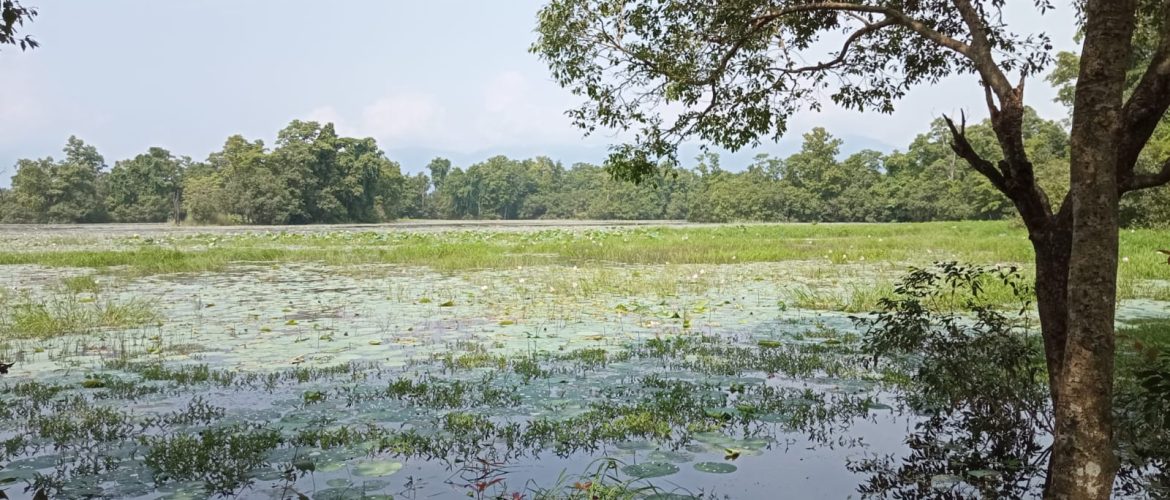Challenges and Vulnerabilities
Despite its ecosystem and livelihood values discussed in the previous articles (access here and here), the TAL faces a wide range of threats causing biodiversity loss, deforestation, degradation of forests, grasslands and riparian areas, land degradation, and related carbon emissions. The root causes of these threats are increasing population pressure and economic growth in the TAL, and their impacts are exacerbated by climate change trends.
The biggest threat remains the increasing conversion of forests to other land uses, encroachment and haphazard infrastructure development that fragments a landscapes that provides important ecological connectivity to megafauna (WWF, 2021).
Likewise, anthropogenic factors such as rising wildlife crimes, human-wildlife conflict, unsustainable extraction of forest products, and uncontrolled grazing only exacerbates the threats to the landscape, notwithstanding climate impacts such as forest fire, river diversions, droughts, and more (WWF, 2021).
Integrated Landscape Management (ILM) of the TAL
Given the increasing threats to the conservation of globally significant forest and biodiversity of the TAL, a long-term strategy for ILM of the TAL is critical to address key barriers to conservation.
These barriers remain, despite significant baseline investment by the government, development partners and civil society. The ten-year TAL Strategy, (2004-2014, revised for 2015-2025), has provided a pioneering framework for conservation and sustainable management of the TAL.
The WWF/GEF project Integrated Landscape Management to Secure Nepal’s Protected Areas and Critical Corridors Project (PIMS 9437) has a geographic scope spanning the whole of the TAL in Nepal. This project aims to promote ILM to conserve globally significant forests and wildlife in Nepal, supporting the Government of Nepal’s adoption of the landscape approach to conservation and building on previous GEF support for the TAL.
Overall, the project will result in a reduction in the threats impacting the corridors and PA buffer zones in the TAL, benefitting the ecological integrity of these largely forested areas, the globally significant wildlife populations that they support, and the resilience of forest dwelling communities. The improved conservation and sustainable management of forest resources will result in increased carbon storage and sequestration and restoration of degraded habitats and continued delivery of ecosystem services that support local populations.
SETIN is responsible for the Mid-Term Review (MTR) of the WWF/GEF project “Integrated Landscape Management to Secure Nepal’s Protected Areas and Critical Corridors”.
The objective of this MTR is to:
- Examine the extent, magnitude, sustainability, and potential for project impacts to date;
- Identify any project design or management issues; assess progress towards project outcomes and outputs; and draw lessons learned that can improve the project effectiveness, efficiency, and sustainability of project benefits.
References:
Ministry of Forests and Soil Conservation 2015. Strategy and Action Plan 2015-2025, Terai Arc Landscape, Nepal. Ministry of Forests and Soil Conservation, Singha Durbar, Kathmandu, Nepal.
Thapa, K., Tuladhar, S. (Eds.) 2021. Connecting Corridors. WWF Nepal, Kathmandu, Nepal.
WWF (2021). Terai Arc Landscape. URL: https://www.wwfnepal.org/our_working_areas/tal2/ [Accessed on August 2023]


